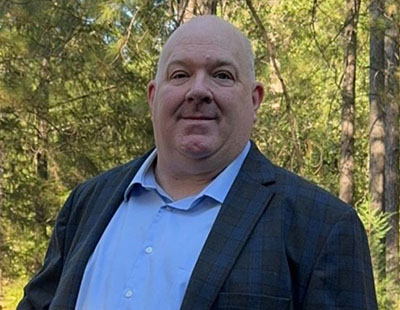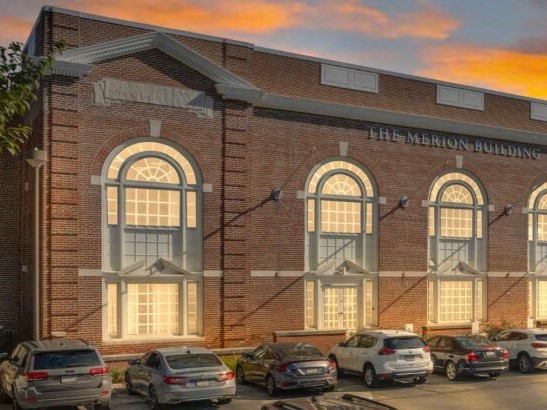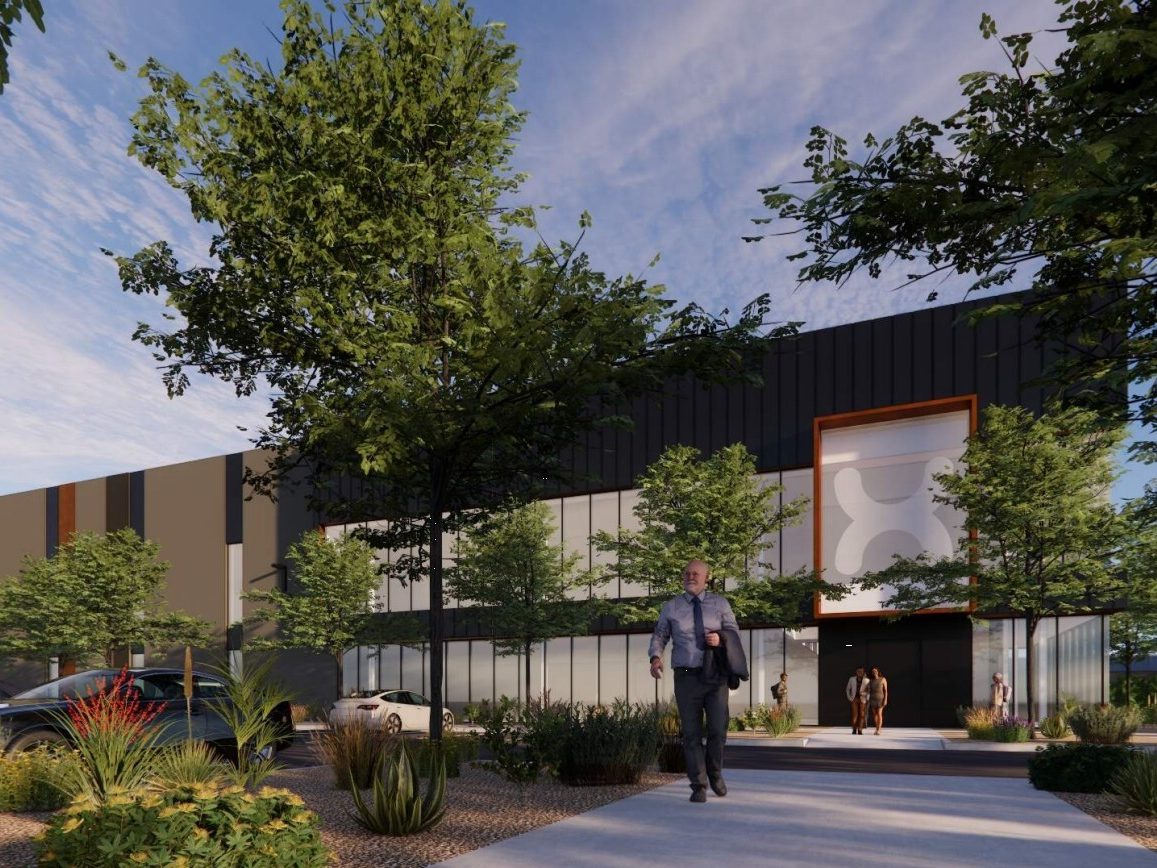Bridging the Funding Gap for Retail
iBorrow's Kehvon Thomas on why private capital providers are less reluctant than banks to serve the sector.

The retail commercial real estate market has seen a remarkable turnaround since the end of the pandemic. Contrary to the fears of empty storefronts, retail spaces in major metropolitan areas are filled with overall availability holding steady at 4.7 percent, according to CBRE.
High interest rates for the past two years have significantly slowed the pipeline of new construction, with completions dropping 35 percent compared to the first quarter of 2024. The combination of continued demand and lack of new retail space coming online will likely keep retail commercial real estate performing in many areas of the country for the foreseeable future.
Though the economic headwinds appear to be rising, many key indicators point more to a slowdown than a full-on recession. A tantalizingly rare soft landing, so to speak, following the period of high inflation the country experienced in 2022 and 2023. The Federal Reserve’s interest rate cut should further help the real estate sector for the rest of the year. With the overall performance as context, let us explore the state of certain major retail markets more explicitly.
Coast-to-coast optimism
In Manhattan, the retail mecca of America, CBRE data shows new-to-market retailers leasing their first brick and mortar locations committed to over 163,000 square feet across 18 transactions in the second quarter of 2024. Overall demand for top-tier retail spaces in Manhattan remains strong, but the lack of new inventory in prime retail corridors has led to a deceleration of transactions. Asking rents continue to grow, with increases for the eighth consecutive quarter up 11 percent compared to the second quarter of 2023.
A quick look at the West Coast also shows positive fundamentals in the retail space. Greater Los Angeles availability sat at 5.6 percent as of the end of the second quarter of 2024, with smaller negative absorption of 193,000 square feet compared to 483,000 in the first quarter of this year. Enclosed malls have the greatest availability, echoing the national trend for outdoor oriented retail complexes.
Other markets similarly are experiencing positive fundamentals from Baltimore, where asking rents have grown over 6 percent compared to the second quarter of 2023, to Boston, which led the country in retail net absorption in the second quarter of 2024. The major Texan cities of Houston, Dallas-Fort Worth and Austin saw a total of 2.2 million in net absorption in the past four quarters. Retail has certainly regained its footing as retailers seek to engage customers “in real life,” as well as online.
Liquid lifeline
However, banks remain reluctant to lend, whether for purchase, new construction or renovations. According to the Fed’s SLOOS, commercial banks in the second quarter of 2024 reported an expectation of further tightening of credit. The Fed survey findings are similar to those from the Altus Group that 44 percent of respondents to their quarterly survey on alternative lending do not expect incumbent banks to loosen credit over the next six months—even with the possibility of lower interest rates in the latter half of 2024. The lending market will shift eventually, and banks will begin lending with greater enthusiasm. However, the question is: What can be done in the meantime?
The current scenario offers an immense opportunity for alternative and nonbank providers of credit. The same Altus report shows that 82 percent of responding investors expect that direct lenders and debt funds will have ample available capital for deployment. Given that alternative lenders have a reputation for greater risk appetites, faster approval processes and creative deal structures, it makes sense for retail investors to look beyond the banks for funding. Recent estimates put the dry powder in credit-oriented funds at over $1 trillion—a huge amount of capital waiting to be deployed.
One option that can meet a variety of needs in the current market is a short-term bridge loan. A bridge loan is short-term financing—one to three years with options for extensions—designed to help the borrower get their deal done quickly, in a situation where permanent financing is not economically favorable. Debt service is interest-only and the loans are typically nonrecourse making them borrower-friendly.
If the desired transaction has an expected path to refinancing in a better rate environment or a sale, buying time with a bridge loan makes sense. As a leader in bridge loans for the commercial real estate market, iBorrow looks to help well-positioned borrowers get deals done. In the case of retail properties, the fundamentals of the current leasing environment suggest that there are assets with positive cash flow, where debt service and operating expenses can be satisfied, creating the perfect opportunity for such loans.
When it is time to capitalize on sectors with tailwinds, do not let the risk aversion of commercial lenders close off the chance to seize it. In today’s lending environment, there are plenty of alternative ways to bridge the gap that exists between having to watch an opportunity from the sidelines or making it yours.
Kehvon Thomas is CFO & managing partner of iBorrow, a nationwide direct lender that provides short-term bridge financing to commercial and multifamily property owners.







You must be logged in to post a comment.